Grim storms provoke forest rethink
 |
| Increasing floods are prompting locals to seek new protective solutions |
Along the road from Nghia Hanh district to Minh Long district of the central province of Quang Ngai just a few days after the latest storm passed, a formerly-cheerful scene is replaced by silence as people survey thousands of crippled acacia trees.
Long Mai commune resident Dinh Lang said, “I had planted over 10,000 acacia trees, but now two-thirds of them have been broken. I am 62 years old, but I have not witnessed any storm with such strong destructive power like storm No. 9.”
According to Lang, most of the broken acacia trees are 1-3 years old, while the harvest cycle is usually about five years. Thus, many households growing acacia have lost almost all of their capital and seen efforts of the past few years wasted.
Dinh Van Phuong, owner of an acacia garden in the same commune, shared that in the past few days, people in the village have been helping each other to harvest broken young acacia trees. Phuong’s family planted 6 hectares of acacia, of which 4-year-old trees only cover about 1ha, with the rest being younger acacia trees.
Phuong had planned to spend money on rebuilding a spacious house to replace the old one that often leaks every time it rains heavily. But the storm destroyed the young acacia forest and the slightly older earned only about VND 30 million ($1,300) after selling, pushing his dream of a new home move further out of reach.
Nguyen Van Han, deputy director of Quang Ngai Department of Agriculture and Rural Development, said that the whole province has seen about 80,000ha of acacia forests damaged in different degrees. It is estimated that more than 8,000ha of acacia forests from 1-3 years old were completely destroyed.
In the same situation as the households in Quang Ngai, many in the mountainous districts of the neighbouring province of Quang Nam such as Dong Giang, Nam Giang, and Dai Loc have recently collected fallen acacia trees.
“I bought 5ha of acacia with a loan of VND350 million ($15,000). Next year I was set to harvest but now up to 90 per cent has been destroyed. I had to hire a collector of broken acacia and sold for little capital – there was no other option,” said Nguyen Thi Phuong, a forest owner in Quang Nam’s Dai Loc district.
Supporting planters
In many upland districts of Quang Ngai and Quang Nam, especially ethnic minority areas, the income from acacia forests is considered a great resource that can help them build houses, get married, and raise children. Many households still borrow money from banks to expand production, and wait until harvest time to pay off the debt.
Dinh Van Quang, who lives in Thanh An commune said, “When the rain stops, my wife and I will go up the hill to cut trees, dig holes, and then sell the cows for money to buy seedlings to replant, because there is no better way right now.”
People in many households have similar thoughts, but after recent batch of storms to batter the central coast, worries about landslides in areas that already have a lot of rain in the provinces became more severe. This makes it near impossible to cut down trees for reforestation.
In order to ease issues for acacia growers, many businesses and wood processing factories in Quang Ngai and Quang Nam are buying broken acacia trees at a price of more than VND900,000 ($38) per ton. Although this is lower than purchase prices in normal times, about VND200,000 ($9) per ton, it also helps growers gain more money to buy seedlings to prepare for the next season.
Quang Ngai People’s Committee also held a meeting with businesses to agree on collection of collapsed acacias after the storms in the spirit of supporting farmers to reduce damage. Quang Ngai Department of Agriculture and Rural Development will also propose to direct localities to buy acacia seeds in order to support reforestation, according to Han.
Meanwhile, leaders of Quang Nam explained that they will not continue to give priority to acacia plantations, but instead plan to rehabilitate large-scale forests.
According to Phan Viet Cuong, Secretary of Quang Nam Party Committee, many planters in Quang Nam in recent years have turned to acacia planting because they believe the tree brings much higher economic efficiency. Some farmers grow a few hectares, but others can grow up to several tens of hectares.
This has resulted in acacia forest coverage in Quang Nam jumping from 20,000ha in 2014 to more than 90,000ha this year, creating the feeling that acacia is the only tree species stretching from the coastal plain up to the mountainous areas.
Adapting to change
Acacia trees remain among the main species that help people escape poverty according to the socioeconomic reports of Quang Nam, but that is only a stepping stone for acacia forests to gradually be transformed into large timber forests, which could bring about both economic and environmental benefits on a larger scale.
Secretary Cuong explained, “After the last flood wave, some people from plantations told me that acacia forests are economical but not long-term. The trees do not retain soil, and the plantations are at risk of collapsing and creating more landslides due to shallow roots. When the tree is cut down, the roots rot and cause water to soak into the ground, which makes landslides more likely.”
The leader of Quang Nam added that the policy of planting large timber forests has been adopted by the province for a long time. “But from now on, I want to widely disseminate that the province will have a policy of support in rice, other food, and seedlings for them to participate in planting big timber forests,” Cuong said.
Dang Van Minh, Chairman of Quang Ngai People’s Committee, said 190,000ha of forest had been destroyed, most of which were acacia. “Acacia trees in particular do not help to protect hillsides. I think ministries need to study and restore indigenous trees. Currently in Quang Ngai there are cinnamon trees – however, the storms also prove that they are not strong enough,” said Minh.
The recent consequences of storms and floods and the severity of climate change have prompted many localities in Vietnam, and not only in central provinces, to look back on the afforestation process and seek new solutions. In particular, some types of trees such as acacia may become considered as simply economic species and not as a plant that protects or prevents erosion.
Pham Van Dien, deputy director of the Vietnam Administration of Forestry under the Ministry of Agriculture and Rural Development, noted that the forestry sector is expected to increase the area of large timber trees from 200,000ha at present to over 500,000ha over the next 10 years. Dien added that trees with great potential for planting large timber forests such as eucalyptus and teak are still being tested.
What the stars mean:
★ Poor ★ ★ Promising ★★★ Good ★★★★ Very good ★★★★★ Exceptional
 Tag:
Tag:
Related Contents
Latest News
More News
- Hanoi pilots electronic health record solution (November 10, 2024 | 12:25)
- Vietnamese consumer sentiment outperforms regional averages (November 08, 2024 | 18:00)
- Japfa Vietnam serves nutrition to 1,500 children to year-end (November 06, 2024 | 16:32)
- Tan Hiep Phat - three decades of serving society (November 04, 2024 | 17:58)
- Hanoi to restrict polluting vehicles across key districts (November 04, 2024 | 16:29)
- Hoan My Medical Group launches breast cancer screening to support community health (November 02, 2024 | 10:56)
- Vietnamese students explore the future at STEAMese Festival (October 28, 2024 | 16:55)
- Honouring ‘Green Warriors’ on Vietnamese Women’s Day (October 21, 2024 | 15:16)
- Swing for the Kids charity golf tournament kicks off (October 13, 2024 | 09:00)
- Swing for the Kids 2024 tees up opportunities for Vietnam's youth (October 12, 2024 | 10:00)





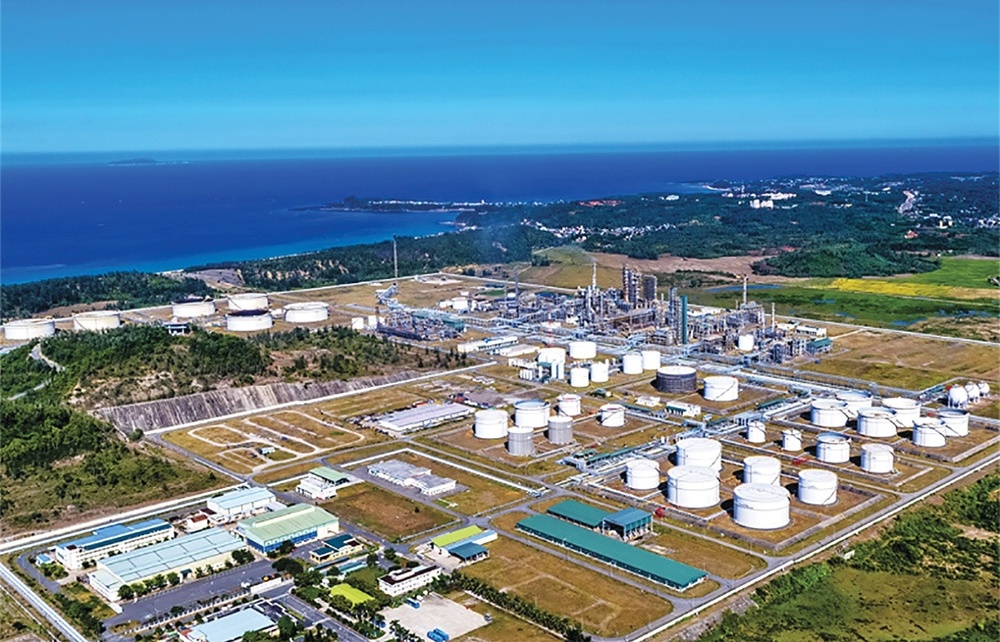
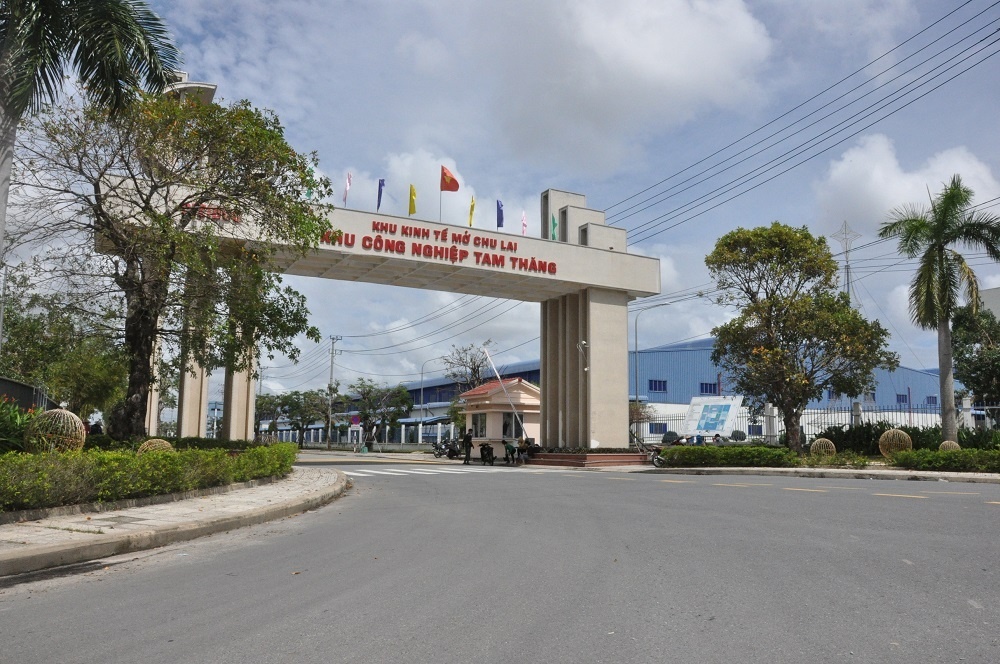




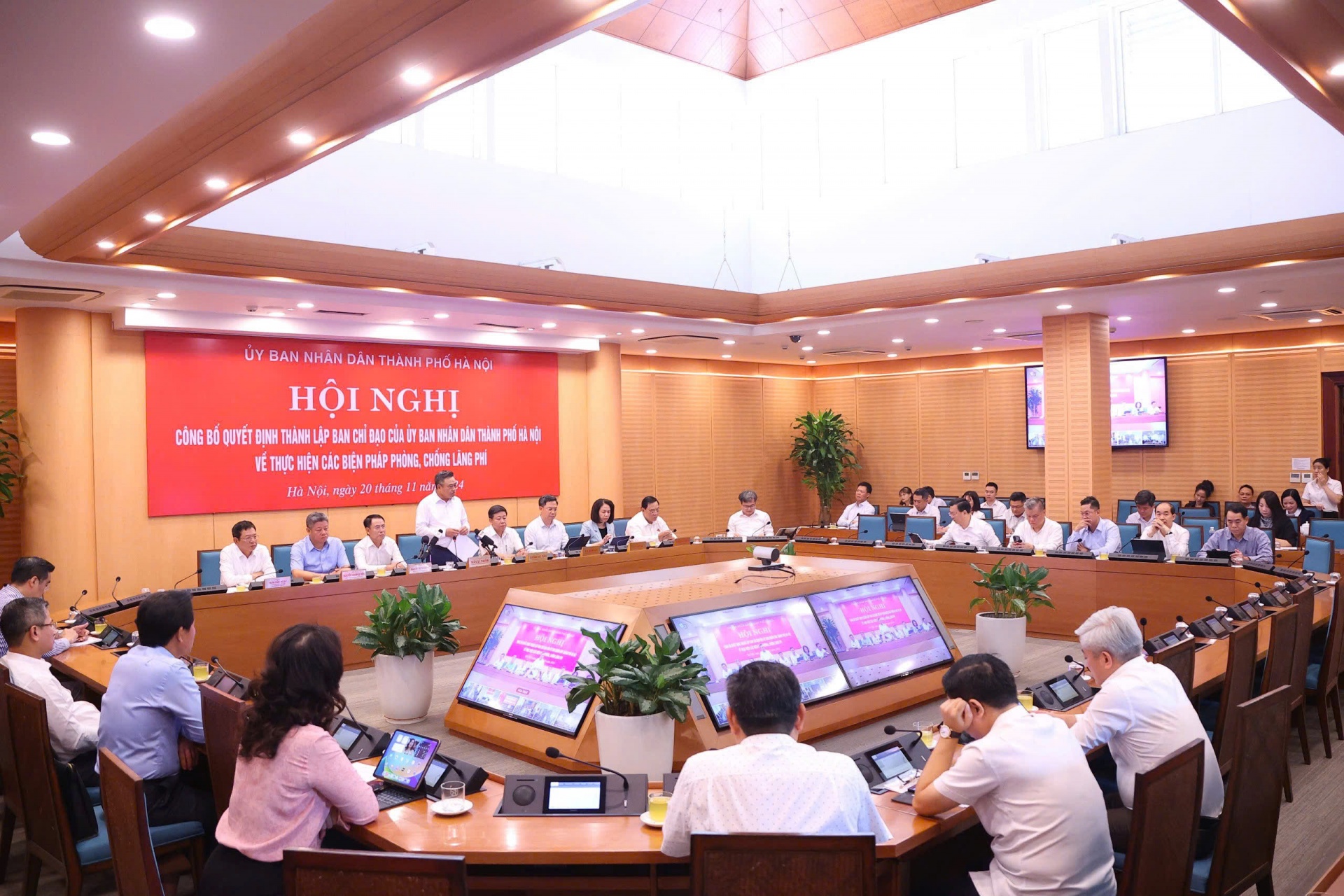

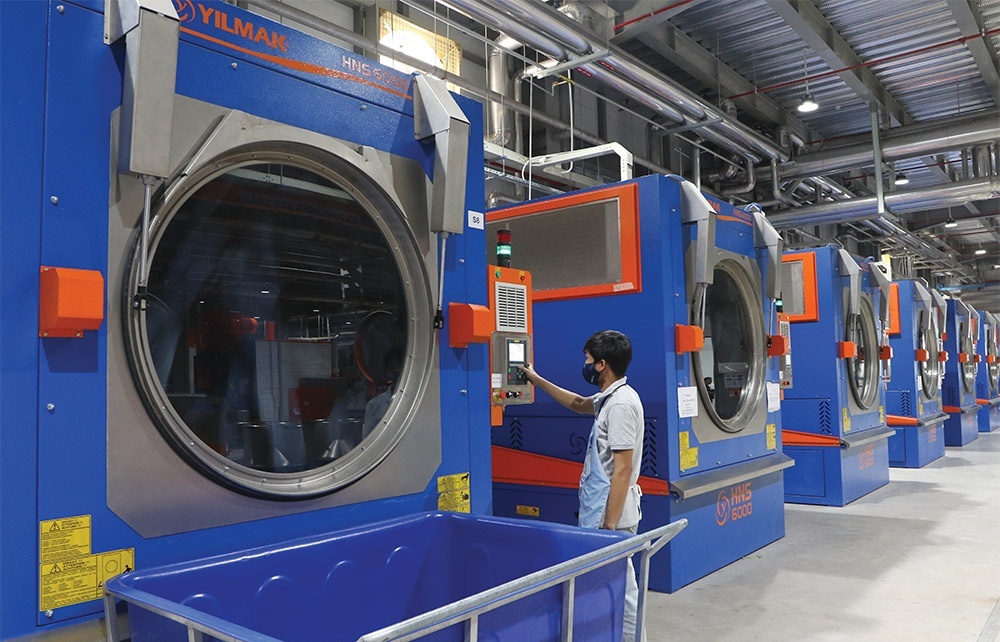

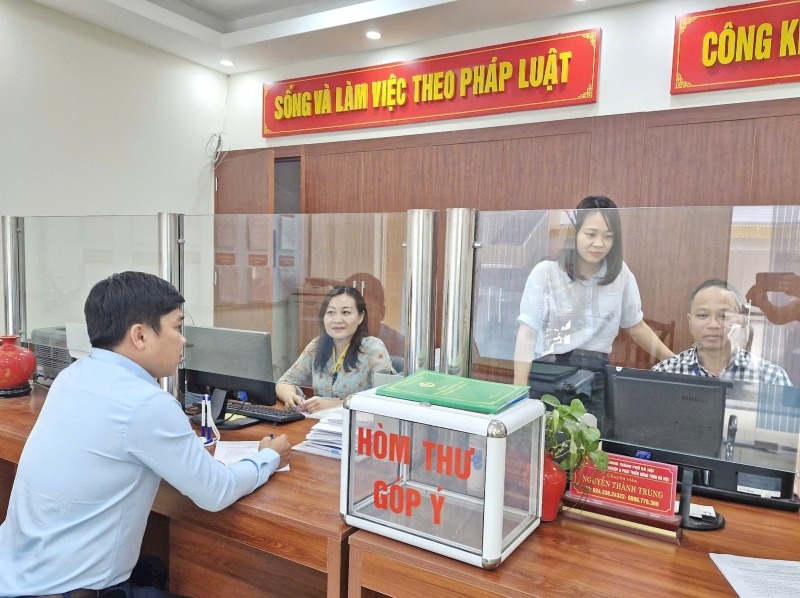







 Mobile Version
Mobile Version